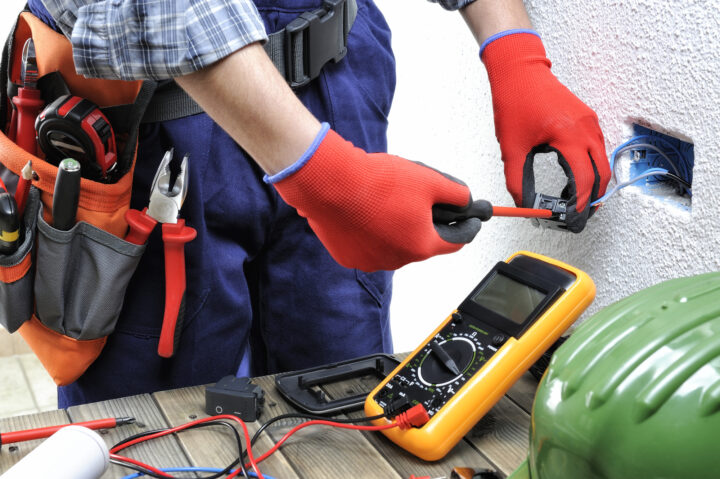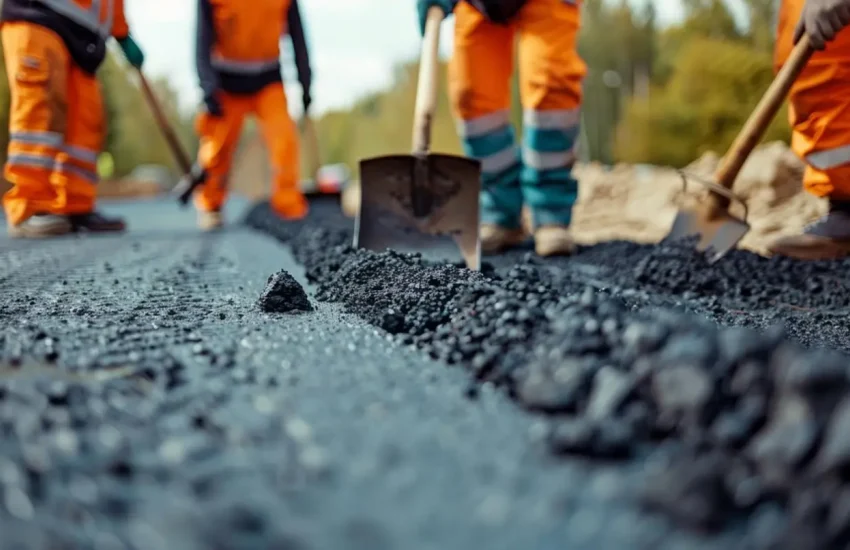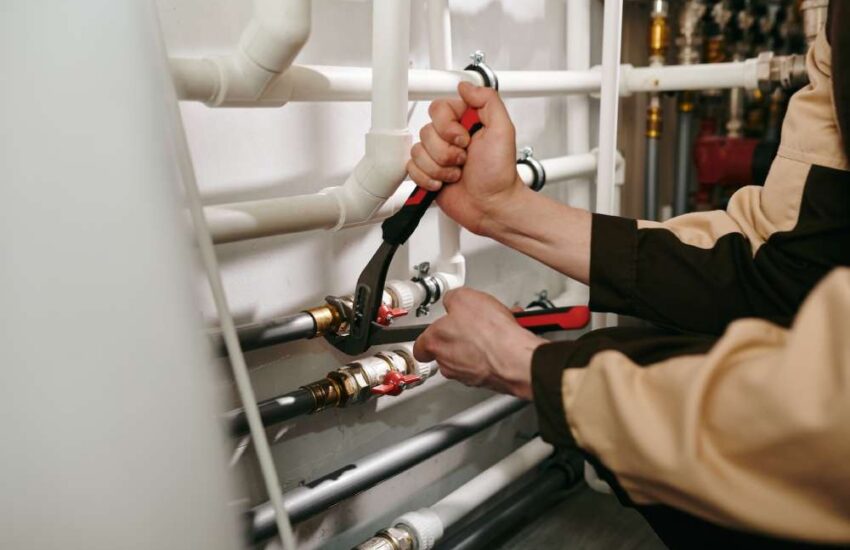How to Wire a House for Electricity
Electricians account for a more than $225 billion business today. While there are always some pros available that can assist you, many people decide to handle their own electrical work.
Wiring a home is one of the most ambitious projects that you can embark upon. If this is a project that you’re considering, you need the house wiring advice that will help you do the project correctly.
These tips will get you started when you’re learning how to wire a house effectively and safely.

Start With Detailed Plans and Diagrams
Start with plans and diagrams that will provide guidelines and direction. Study the property blueprints and electrical diagrams, or have a professional draw some up for you.
This lets you know where all of the electrical connections are located so that you can route your cables correctly. They have measurements that will help you avoid potentially costly and time-wasting mistakes.
Before setting out to wire a house, make sure you’ve reviewed your documents several times before beginning your project.
Get the Right Tools and Safety Equipment
Wiring a house requires you to have the best tools and equipment at your disposal. This allows you to do the project safely, neatly, and correctly. Put together a mixture of electrical repair tools and safety equipment.
Some of the main things you’ll need for the project include:
- A high-powered wireless drill
- Safety goggles or protective visors
- Insulated work gloves
- A quality hammer
- Color-coded wire connectors
- Wire strippers
- A cable-testing device
Familiarize yourself with some practical electrical safety tips that can also help you out:
- Double-check that the electricity has been turned off before beginning your project
- Avoid working with exposed wires
- Make sure that your work environment is completely dry and illuminated
- Ground any electrical equipment that you use
- Work under the assumption that electrical components are live – even if you’ve turned off the power
Make sure also to study some knob and tube wiring safety tips that will serve you. Following some reasonable electrical safety tips will help you look after your health and wellness while still getting the outcomes that you’re looking for.
Find Places for Your Electrical Boxes
Next, make sure that you have properly located optimal places to install electrical boxes throughout the home. This will serve as the hub for connections that you’ve created and will let you route them strategically from these points.
Figure out how the best places to install them so that you’re able to route your electricity without overloading any areas. Determine how many wires you can fit in each box, and how you should install the box. You will want to install electrical boxes discreetly and blend in with your walls. Focus on a mixture of functionality and cosmetics when installing these boxes.
Study the Wiring Gauge Size You Need
You need to choose the correct wiring gauge size for your house so that you’re correctly outfitting your home. This is one of the most important parts of any house wiring guide, since choosing the correct gauge size will let you run your wires through walls and around perimeters.
When you choose heavier gauges, expect the copper wiring to be thicker. The gauge also corresponds with the amperage that it can withstand. Figure out how much power you need to facilitate and it’ll let you figure out the correct wiring size.
Turn Off the Power
Now that you’re ready to start your wiring, locate the power switch for your home and turn it off. This will kill the electricity to your entire home and prevent electrical shock.
You’ll be better able to follow your house wiring tips when you are less concerned about sparking live wires.
Create Your Original Electrical Connection
Head outside and locate the main power source to your home. Dig into the soil to implant a ground bar. Attach the connections to your main service board so that you have a tight electrical connection.
Make sure that this connection is secure and tested before proceeding.
Install Your Electric Board and Circuit Breaker
You need to be able to manage your household electrical connections once the power is set up. This starts with your circuit breaker and electrical board. Figure out the best location for the main electrical board, and install your circuit breaker in a prime location.
Be especially careful about installing the white wire, since this will serve as the grounding cable for your circuit breaker.
Measure, Mark, and Drill Your Holes
Once you’re ready to begin routing wires all throughout your home, it’s important to measure for accuracy first. Use a contractor’s pencil or other markings so that you know exactly where to drill.
You can use a measuring tape, a level, electrical measurements, or other tools to make sure that your measurements are as precise as possible. Using exact measurements is the best house wiring advice you can use to make sure that the rest of your work is done correctly.
Route Your Wires Neatly and Correctly
Make sure that you route your wires neatly so that there’s no confusion or tangling. Carefully route the wires and cables through the holes and use crimps so that they’re tight and secure.
Choose different colors and label the wires so that you know where each is routed, and use quality connectors to make sure that each is secure.
How to Wire a House Safely and Correctly
These tips are helpful when you’re trying to learn how to wire a house safely and efficiently. This is a huge undertaking that you should only handle if you feel confident in your skills and abilities. From there, it only takes some diligence and following the right instructions to make sure that the project is done correctly.
Begin with the points above and rely on us for more information about your DIY and handy projects.


